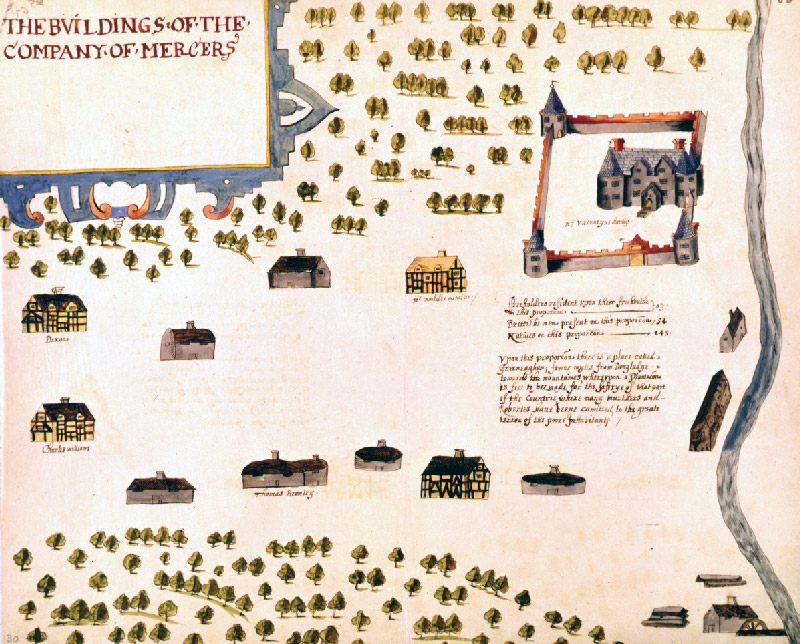In 1603 King James I, became the first British monarch to rule over all of Scotland, England and Ireland. James, a Protestant, wanted to unite his three kingdoms and strengthen his rule in Ireland where the crown faced opposition and rebellion from the Irish speaking, Catholic local population.

 It was decided that from 1609 onward, people from England and Scotland would be encouraged to move to the northern part of Ireland to make it friendlier towards James.
It was decided that from 1609 onward, people from England and Scotland would be encouraged to move to the northern part of Ireland to make it friendlier towards James.
This was known as the Londonderry Plantation of Ulster and the English-speaking Protestants who took part were called 'planters' who had a lot of influence on the structure and make-up of many towns and villages across all of this area of Ulster, in Northern Ireland. In what was a minor twist of fate, this plan did not prove immediately viable and they were forced to rely on mainly Irish tenants.
 The Plantation of Ulster was going to cost a lot of money that the British Crown could not afford. To help with the cost, wealthy landowners and companies from the City of London were asked to provide much of the expense for this scheme.
The Plantation of Ulster was going to cost a lot of money that the British Crown could not afford. To help with the cost, wealthy landowners and companies from the City of London were asked to provide much of the expense for this scheme.
In exchange for their financial help, several companies and wealthy landowners were offered huge areas of land that had been taken from the local Irish population. The Plantation of Ulster by the London Companies began in the Coleraine area, along the Bann River Valley. One such Company, 'The Mercers' Company, a rich London merchant company, received about 21,600 acres of land for this purpose.
To protect their assets, strongholds called 'Bawns' were often constructed. One of these strong houses was built at Movanagher in the early 1600s by the Mercers' Company of London, to protect what was their company headquarters. Some of the remnants of this old Bawn are on the old Jamesons farmyard properties including a round tower, with gunloops and windows still visible today, although otherwise in ruins. Recent extensive excavations found that no trace survives of the timber used for the framed houses, built in the nearby village which stood in what are now pastures, just to the south of the original Bawn.
Ultimately, the rich and powerful Mercers' Company was unable to attract enough people to make the original settlement a success. The Bawn and village that surrounded it was destroyed in the mid 1600's, during the Irish uprisings. It was only in the latter part of the seventeenth century, after the Irish civil war and upheaval in Scotland and England, that this area of Ulster began to see any renewed and sustainable growth.